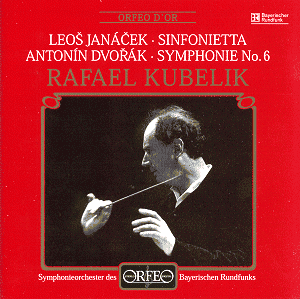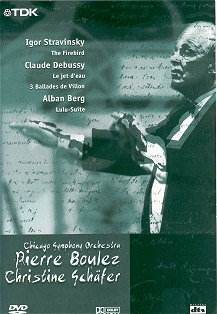 Composer: Benno Moiseiwitsch
Composer: Benno Moiseiwitsch
Works: Schumann: Etudes Symphoniques, Kreisleriana, Carnaval; Chopin: Etudes Op. 10 No. 4, 8, 9; Op. 25 Nos. 2, 3; Sonata in B flat minor; Barcarolle Op. 60; Fantasie Impromptu Op. 66; Beethoven: Andante Favori in F; Mussorgsky: Pictures at an Exhibition; Palmgren: West Finnish Dance
Performers: Benno Moiseiwitsch, piano
Recording: Live recordings, unspecified locations, 1961
Label: Pearl GEMM CDS 9192 [2 CDs: 154.58]
Benno Moiseiwitsch, the celebrated Ukrainian-born pianist, remains a pivotal figure in the history of recorded piano performance, particularly noted for his interpretations of the Romantic repertoire. This release, “Moiseiwitsch in Recital,” showcases a selection of live recordings from 1961, presenting a fascinating glimpse into the artistry of a musician who straddled the transition from the Golden Age of pianism to the more modern approaches of the late 20th century. The collection features works by Schumann, Chopin, Beethoven, Mussorgsky, and Palmgren, each piece a testament to Moiseiwitsch’s enduring legacy and interpretive depth.
The performances of Schumann’s works, particularly “Etudes Symphoniques” and “Kreisleriana,” stand out as the collection’s cornerstone. Moiseiwitsch’s affinity for Schumann is palpable; his playing here is characterized by a robust vigor, albeit tinged with a certain nostalgia. The tempos, while occasionally stretched, reflect an interpretive choice that emphasizes the emotional undercurrents of Schumann’s music. For example, in “Kreisleriana,” the contrasting sections are delineated with an impulsive energy that is both exhilarating and slightly reckless, a reminder of the pianist’s earlier, more controlled interpretations. The sound captures a raw, unfiltered essence, likely borne from the live setting, where the immediacy of his touch and the dynamism of his phrasing resonate compellingly, despite some technical imperfections.
Moiseiwitsch’s readings of Chopin’s Etudes are equally intriguing. The Op. 10 No. 4, with its lyrical yet intricate demands, reveals traces of the artist’s youthful brilliance. Interestingly, while the outer sections maintain the fleetness and pearl-like quality reminiscent of his 1925 recordings, the inner voicings at times fall into muddiness, revealing the challenges of age on his technique. Nevertheless, the emotional intensity remains undiminished, and one is drawn to the contrasting colors he brings to the Op. 25 No. 3, where his nuanced attack captures both the stormy and reflective qualities inherent in Chopin’s writing.
The engineering quality, while reflective of the era, offers a surprisingly lifelike listening experience. The original recordings, made on reel-to-reel, exhibit some flutter and wow, but these imperfections do not detract from the overall enjoyment. Rather, they enhance the documentary aspect of these performances, allowing listeners to experience the immediacy of live music-making. The ambient sound of the venues—presumably American college halls—adds a layer of authenticity, immersing the listener in the environment of a Moiseiwitsch recital.
Comparisons to other notable recordings are inevitable, particularly when considering the pianist’s own illustrious discography. While the performances here may not reach the polished heights of his earlier studio recordings, they provide an invaluable insight into the evolution of his artistry. The interpretations, while more impulsive and occasionally approximate, are imbued with a deep emotional sincerity that transcends technical shortcomings.
This collection stands as a significant addition to the catalogue of Golden Age pianism. Moiseiwitsch’s interpretations, though tinged with the imperfections of age, illuminate the passionate and deeply personal connection he had with the music. For admirers of Romantic piano music, this release is not merely an archival curiosity; it is a heartfelt testament to an artist whose voice, while perhaps less precise, still resonates with profound musicality and insight.


